


Theme
9II Virtual Patients/Social networking
INSTITUTION
2nd Dpt of Internal Medicine - Gastroenterology, University Hospital Hradec Králové, Czech Republic
Charles University in Prague, Faculty of Medicine at Hradec Králové
Organization of practical training in medical school faces specific problems (limited spectrum of patients). Simulation of clinical cases using computer-based learning environments is an excellent option how to overcome it.
The project e-kazuistiky.cz (Virtual Cases, Fig. 1) is newly developed interactive learning system designed especially for undergraduate medical education in the different specializations of internal medicine. The main project priorities are flexibility, realism, multi-level evaluation of student performance and potential for further development without any restrictions as to type of disease or diagnostic procedure.
The program randomly generates a set of virtual patients with personal data, medical history (including current symptoms) and objective findings (Fig. 2). The spectrum of diagnoses, number of patients and criteria for passing the course can be predefined.
|
Figure 1 |
Figure 2 |
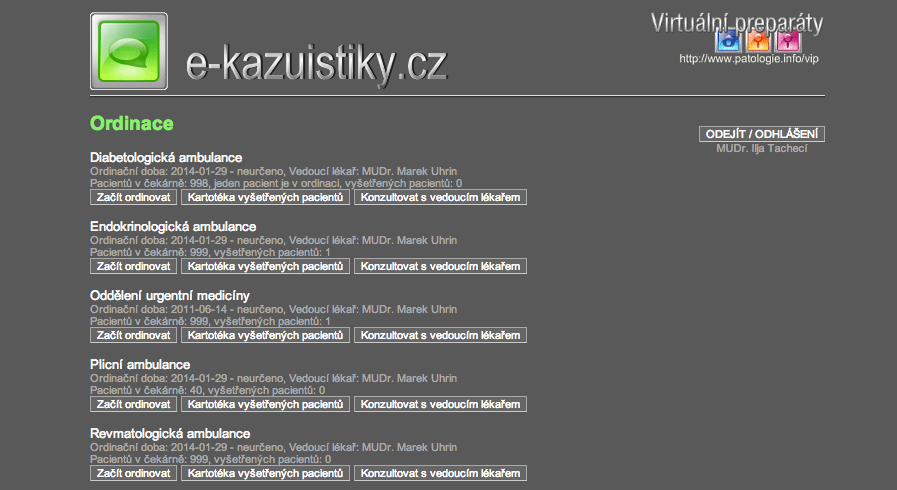 |
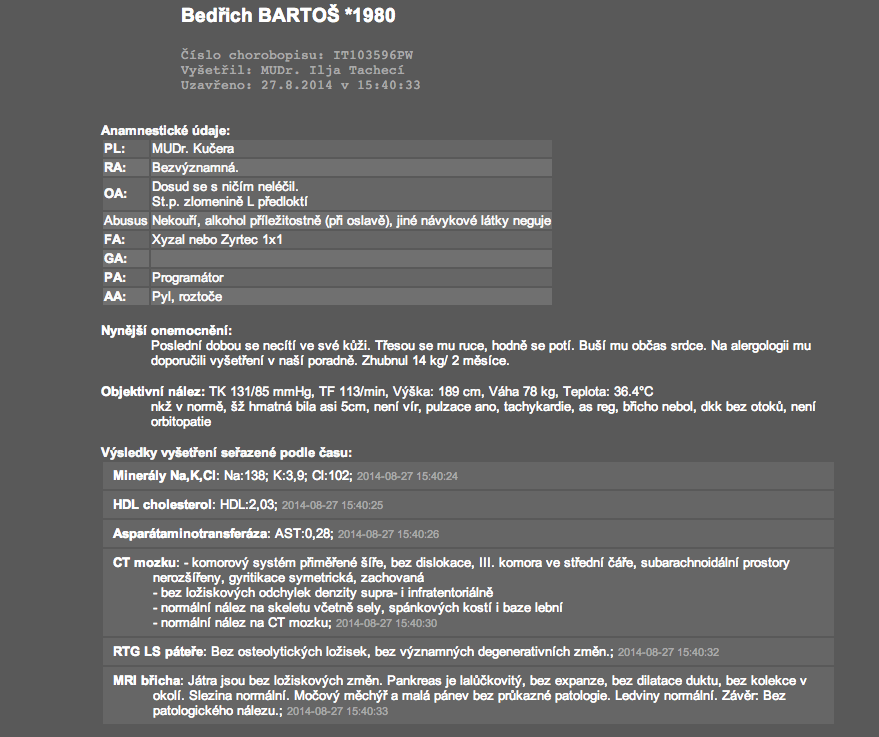 |
The unique virtual case creation feature is based on pseudo-random (some rules must be respected: information about patients of the same sex, similar age, etc.) data combination (Fig. 3). The source data are anonymised information of concrete real patients organized in a database of objective findings and medical history. Students must suggest optimal diagnostic algorithm and determine correct diagnosis.
Figure 3
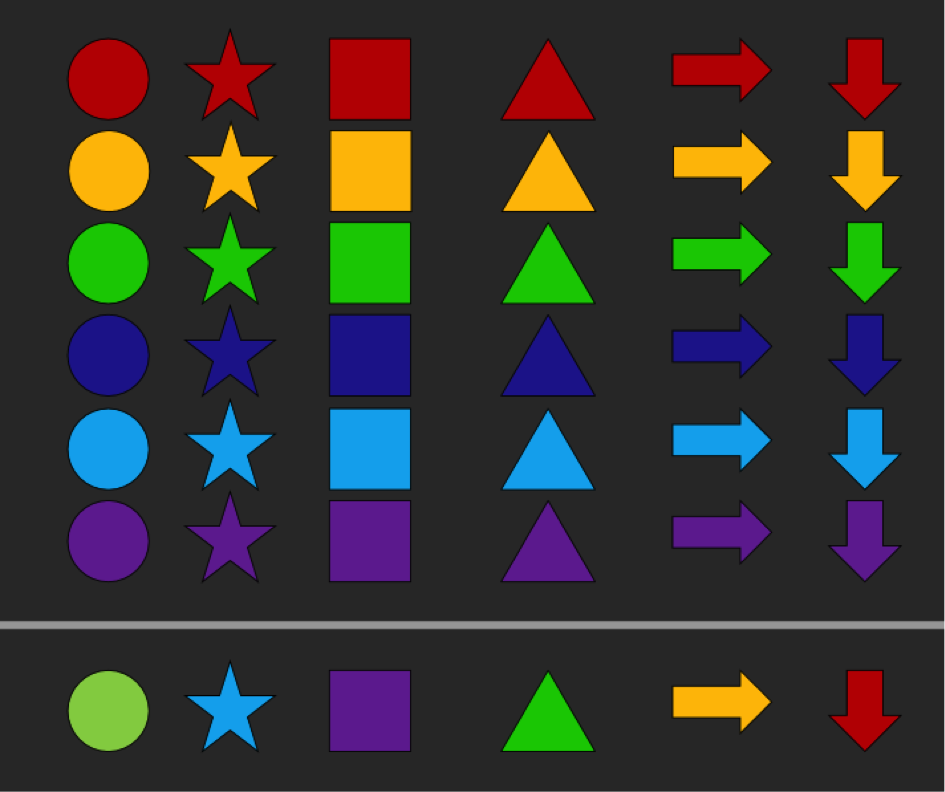
Clinical findings and diagnostic tests results are presented in full multimedial manner (Fig. 4 – 6). Selected virtual cases are linked to virtual histological slides (Fig. 7) and endoscopic simulator (GI MentorTM, SymbionixTM - Fig. 8), which allows realistic presentation of endoscopic and histological findings to students.
|
Figure 4
|
Figure 5
|
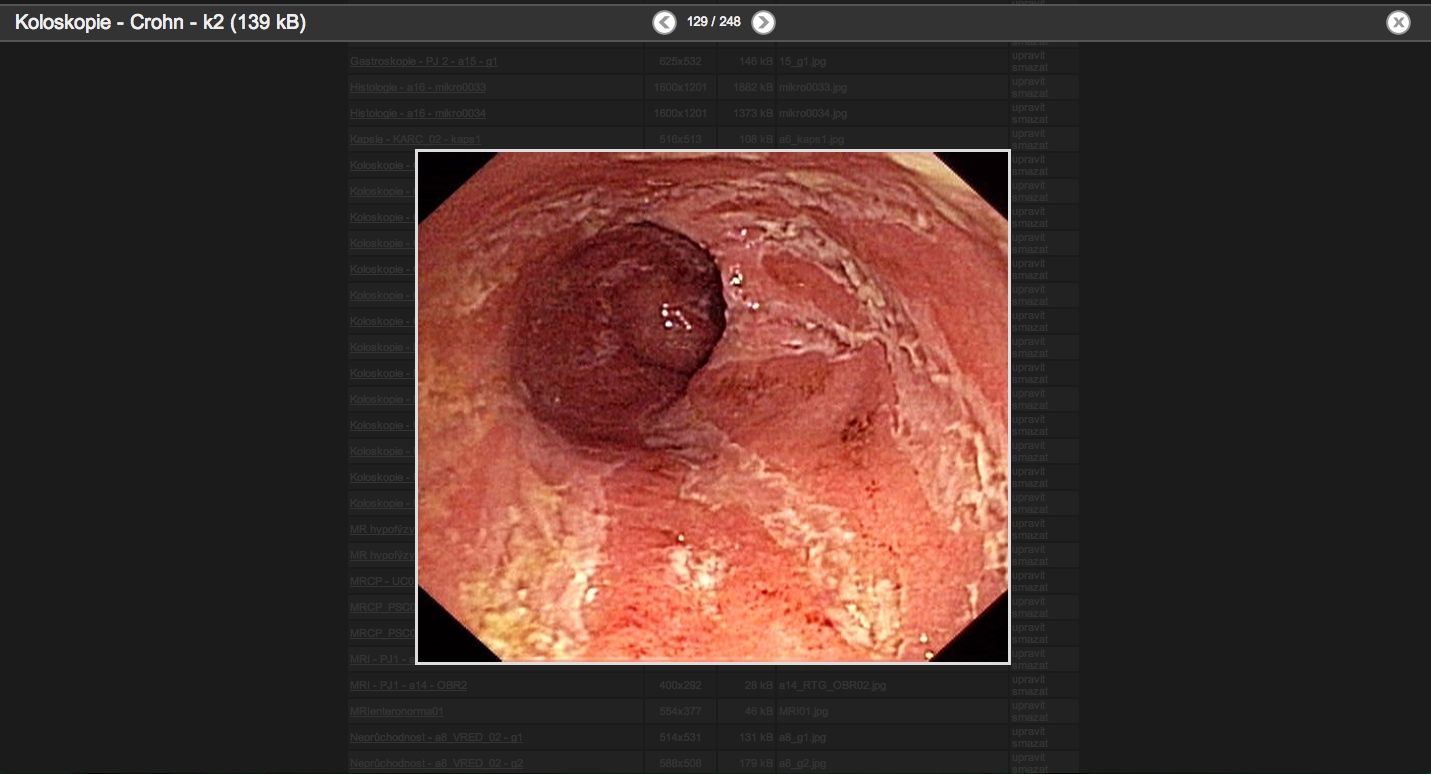 |
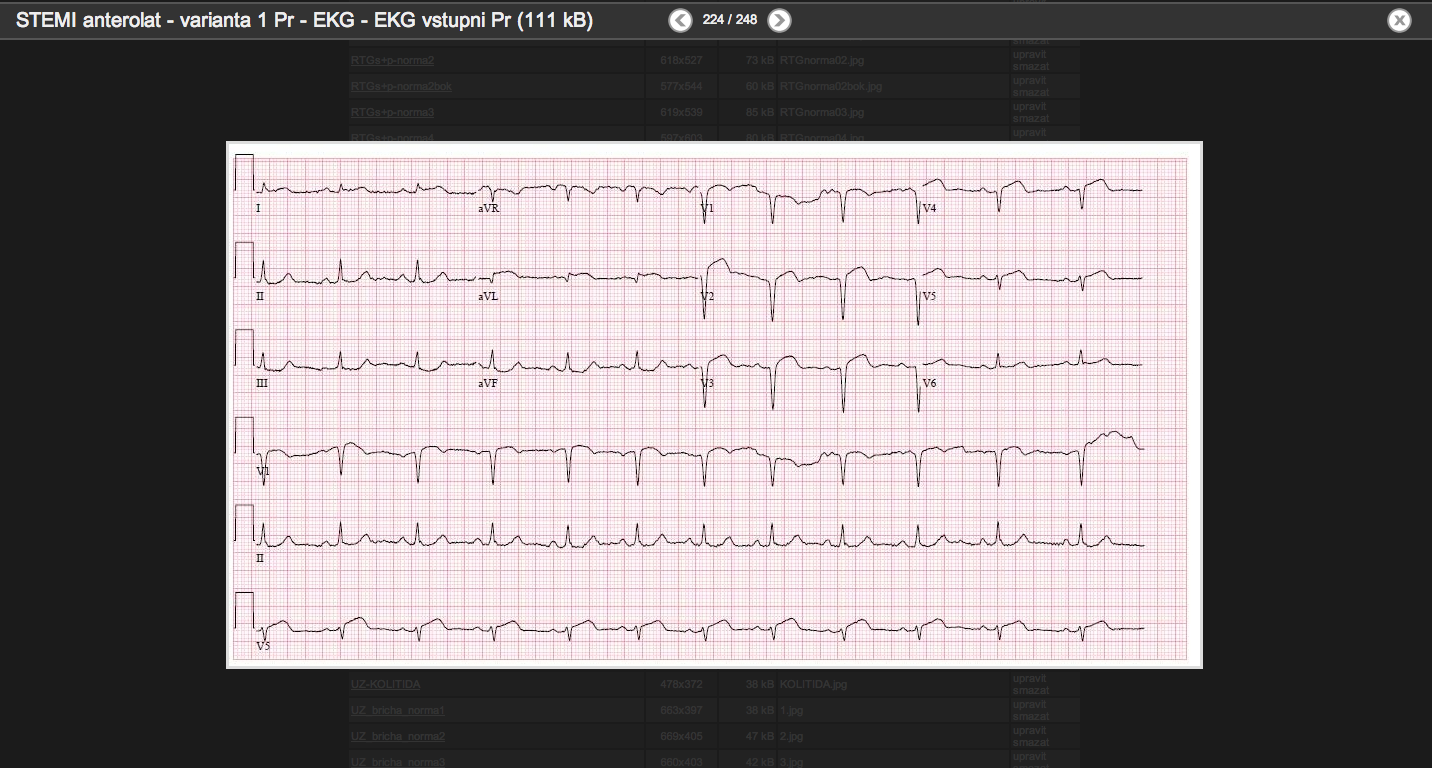 |
|
Figure 6
|
Figure 7 |
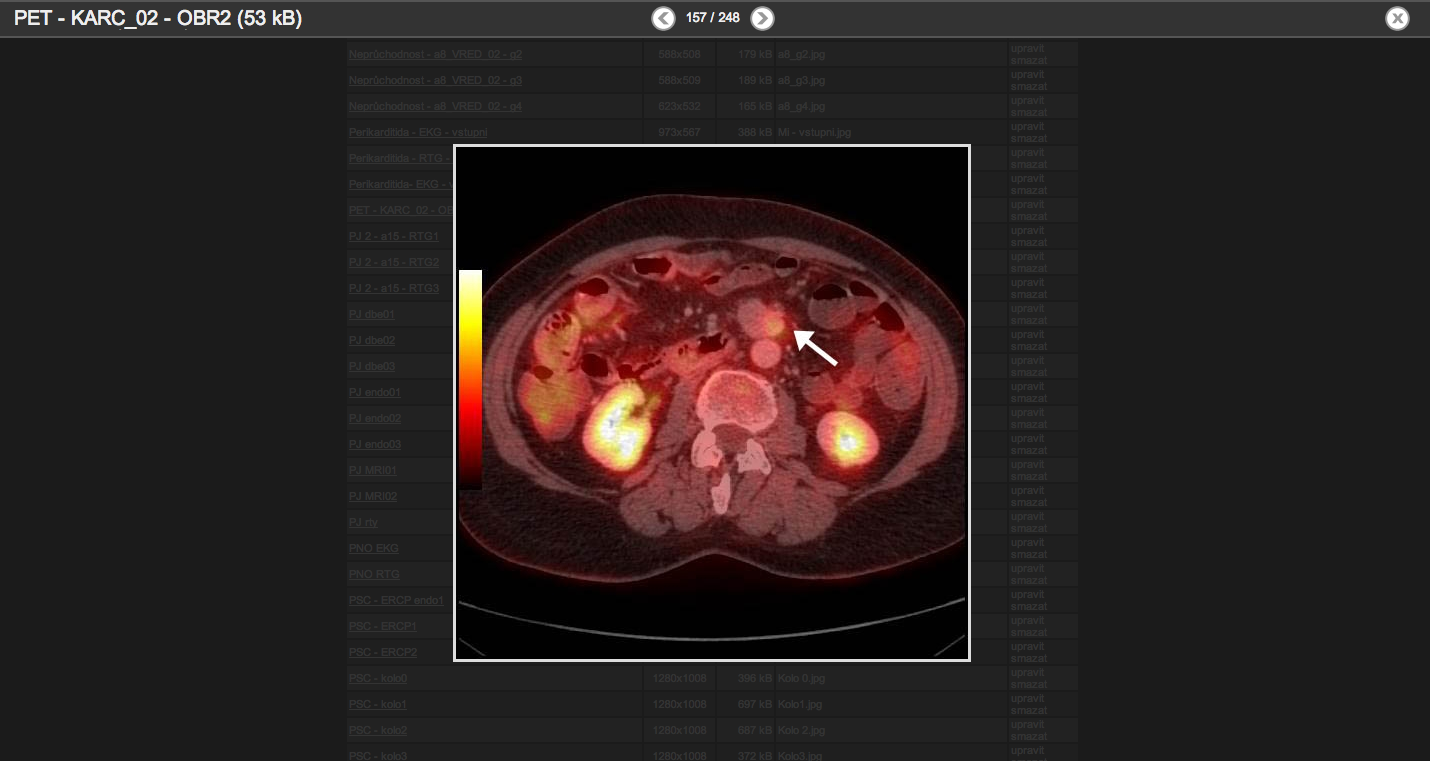 |
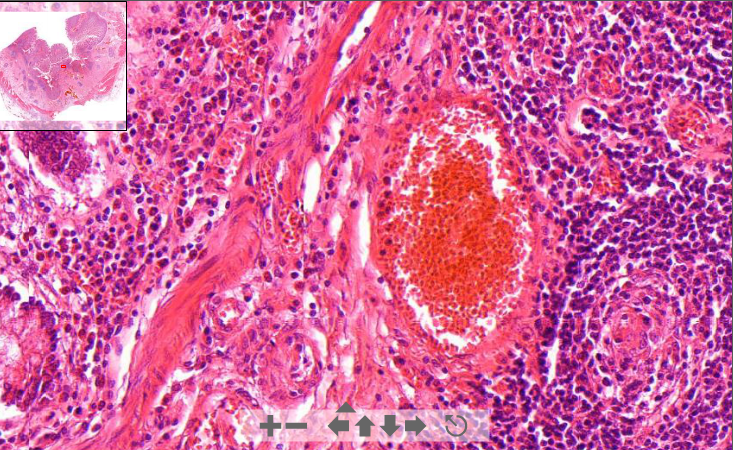 |
|
Figure 8
|
|
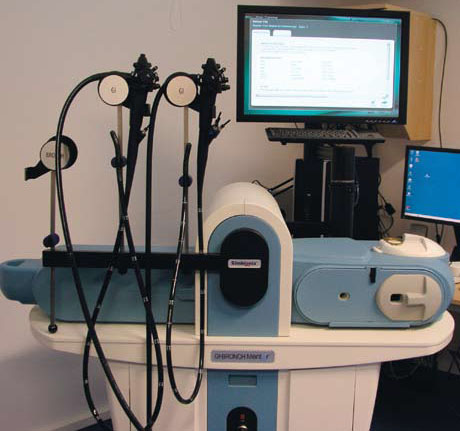 |
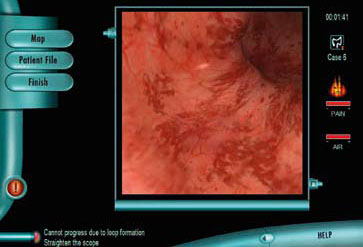 |
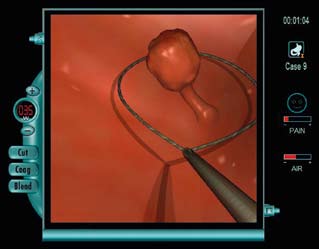 |
The evaluation of students’ performance is based on the original multi-level scoring system, assessing each step in the diagnostic algorithm with the positive points (selected tests are beneficial for the diagnosis), negative points (selected investigation is without contribution or may even harm the patient) and evaluation of the financial costs (the real price of each diagnostic tool was implemented into the system). Important part is the assessment of sequence of selected diagnostic methods (optimal, acceptable or incorrect). The result of the student’s activities is detail evaluation containing a value of achieved points (positive and negative), the price of the chosen investigation program, accuracy of the selected diagnoses, commentary of diagnostic algorithm and comparison with other students.
First 20 clinical cases from different subspecialties of internal medicine were published in the system and the program is routinely used in the 4th year of undergraduate medical curriculum (Internal Medicine) at the Charles University Faculty of Medicine, Hradec Králové, Czech Republic.
Users hands-on experiences (20 students and 10 teachers) were evaluated through anonymous questionnaires (details Fig. 9 - 14). The most appreciated attribute of the system is the game-like involvement and multimedia-supporting environment (for students) and possibility of detail analysis of each student’s performance and clear identification of weakest areas (for tutors).
|
Figure 9
|
Figure 10 |
 |
 |
|
Figure 11
|
Figure 12 |
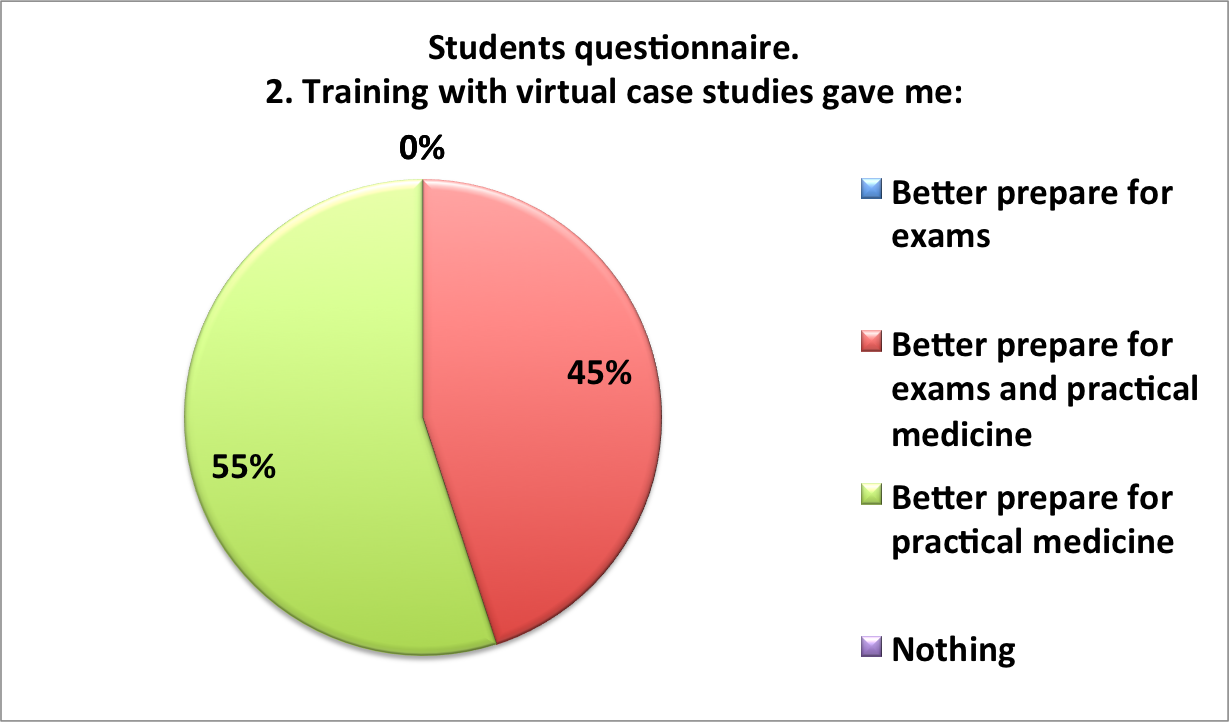 |
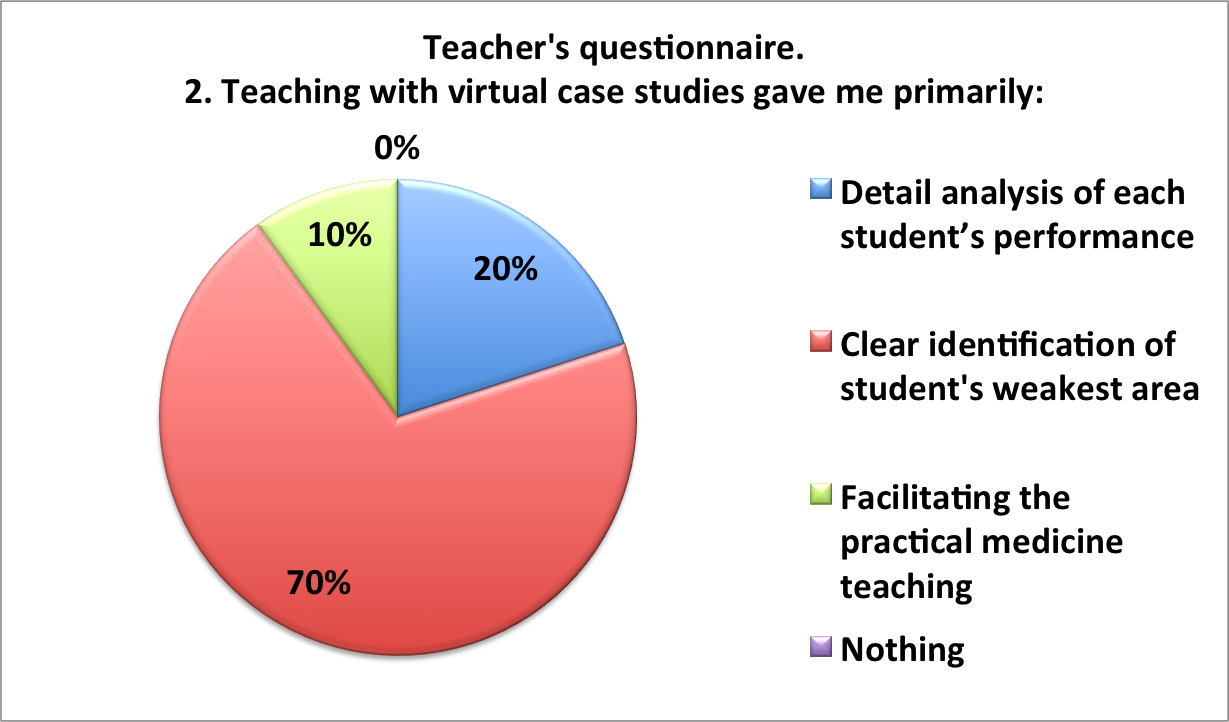 |
|
Figure 13
|
Figure 14 |
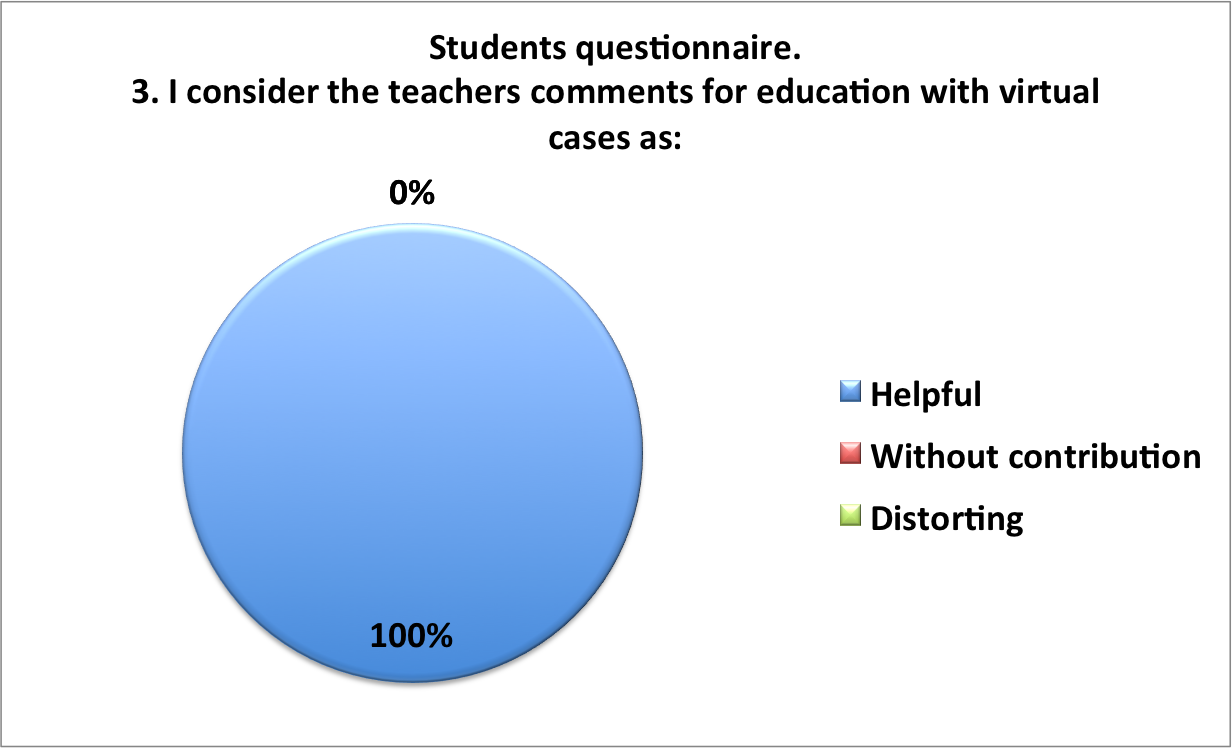 |
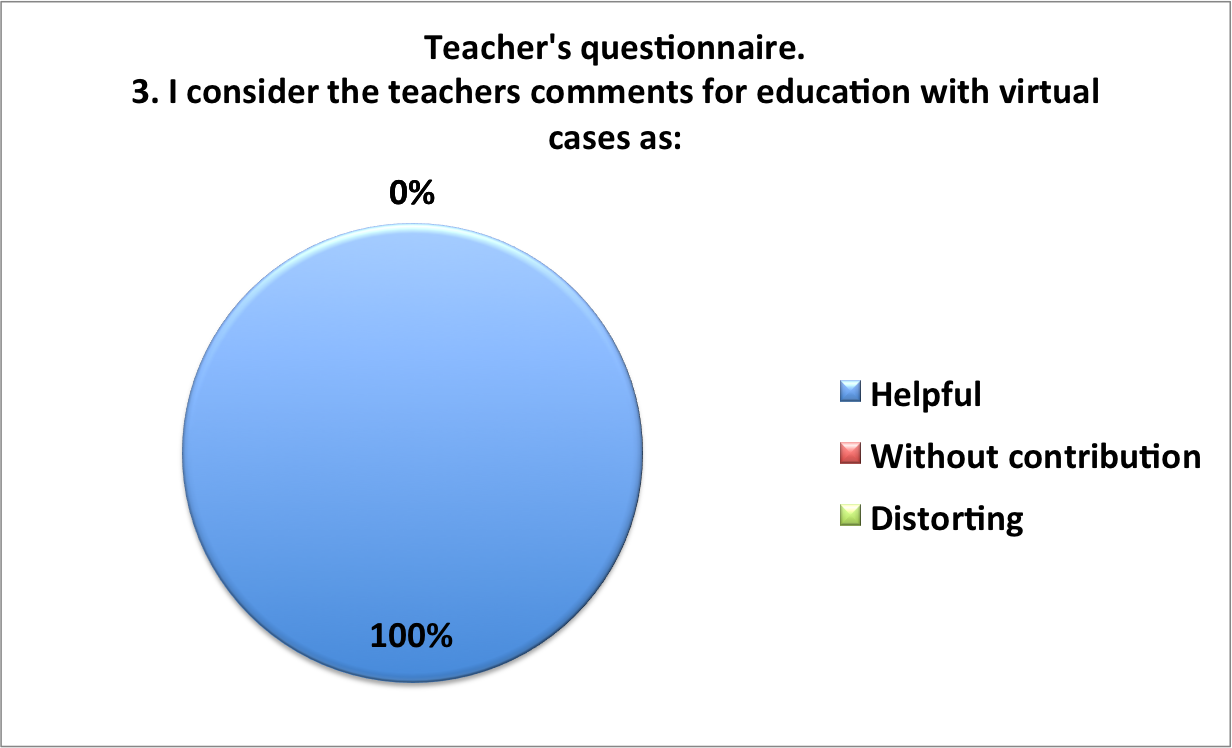 |
The virtual cases are useful tool for undergraduate medical education with positive feedback from the students and teachers. The advantages are flexibility with a great potential for expansion into other clinical disciplines without any restrictions as to disease, clinical specialty, diagnostic procedure, etc.
Virtual cases allow to overcame limitations of practical education in medicine and arouse a positive response by users.
The project is supported by Operational Programme EU: Education for Competitiveness (Modernizace výuky klinického rozhodování napříč pediatrickými obory lékařských fakult v síti MEFANET) – CZ.1.07/2.2.00/28.0038.
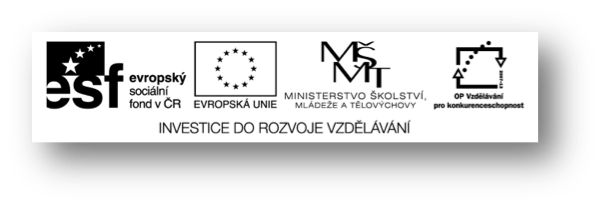
 Send Email
Send Email